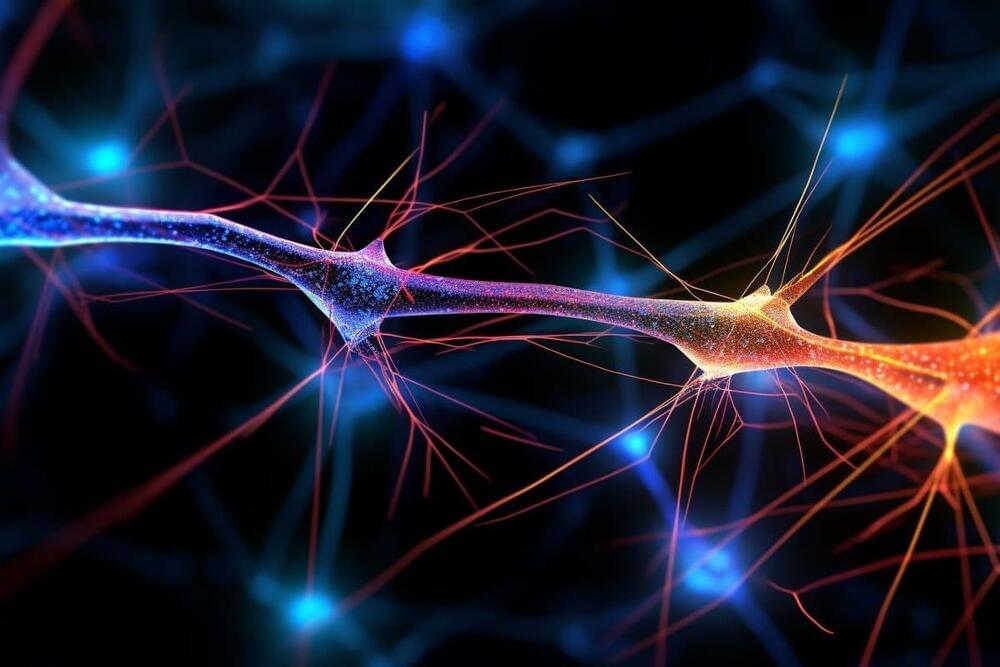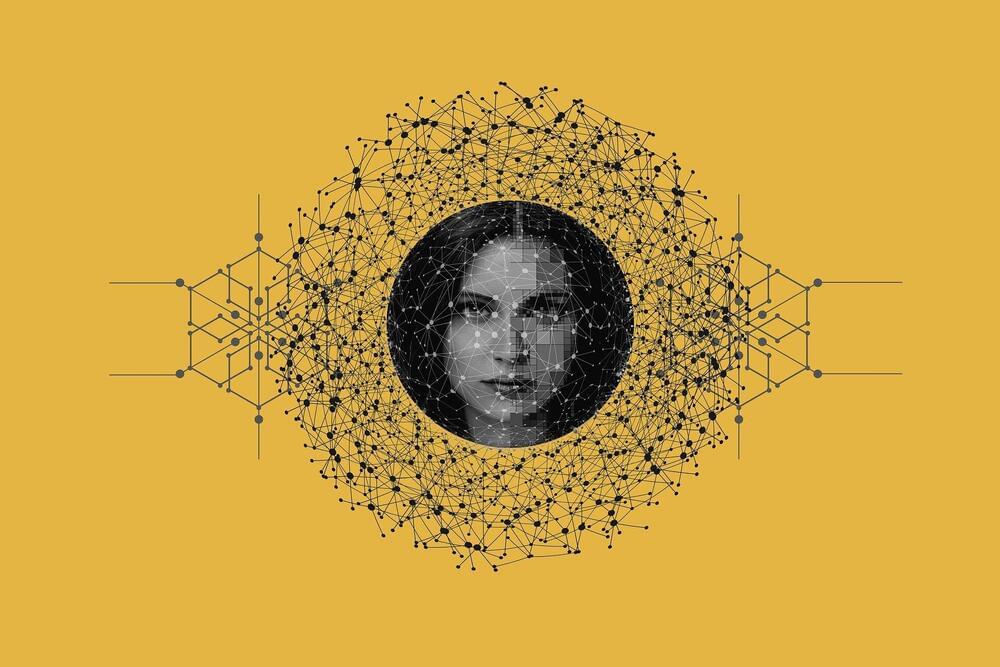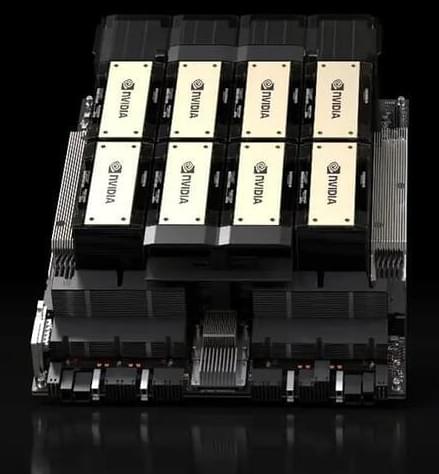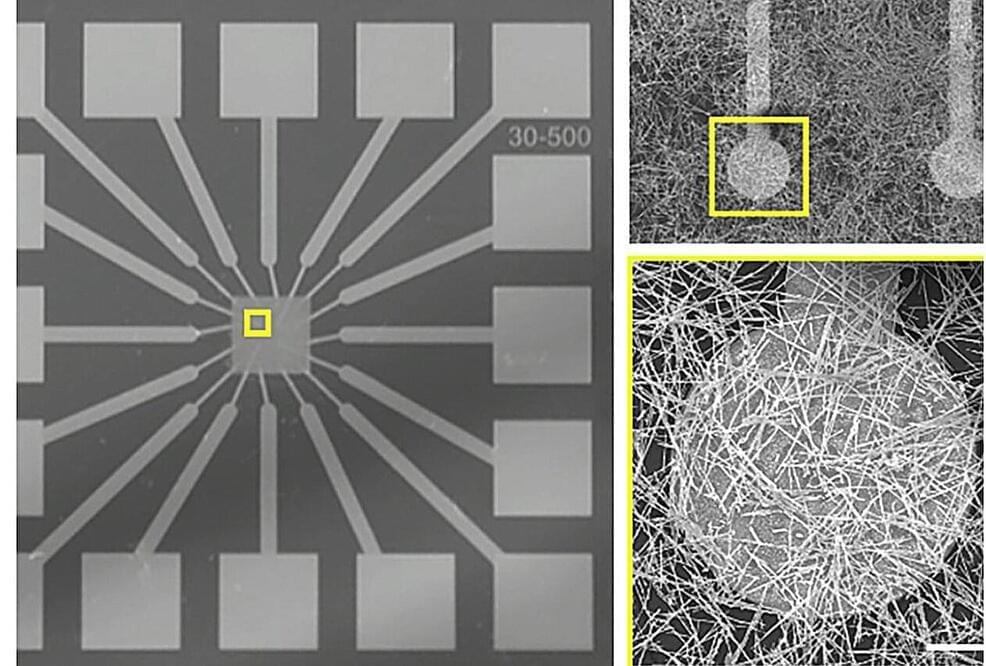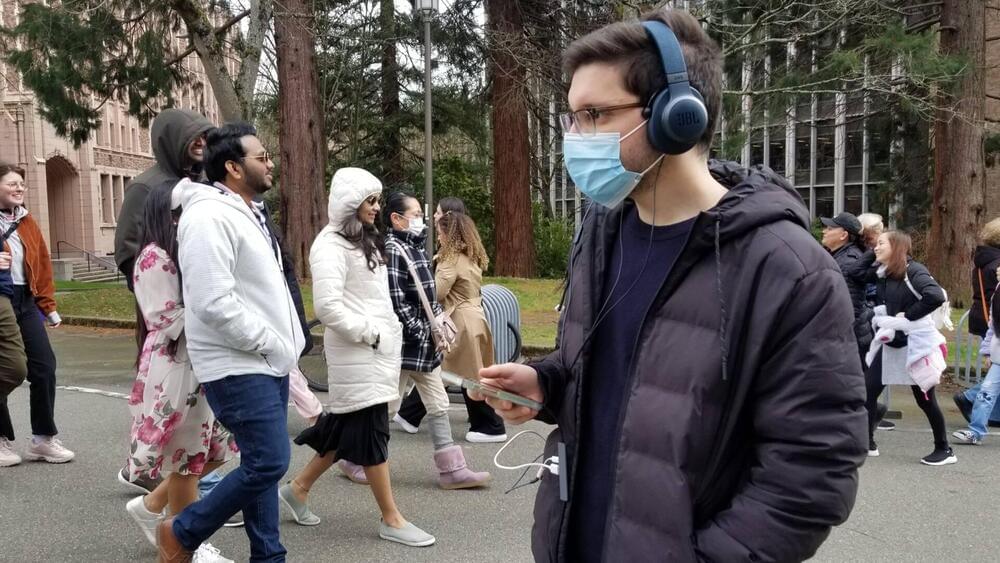Nov 18, 2023
These noise-canceling headphones can filter specific sounds on command, thanks to deep learning
Posted by Kelvin Dafiaghor in categories: information science, mobile phones, robotics/AI, transportation
Scientists have built noise-canceling headphones that filter out specific types of sound in real-time — such as birds chirping or car horns blaring — thanks to a deep learning artificial intelligence (AI) algorithm.
The system, which researchers at the University of Washington dub “semantic hearing,” streams all sounds captured by headphones to a smartphone, which cancels everything before letting wearers pick the specific types of audio they’d like to hear. They described the protoype in a paper published Oct. 29 in the journa IACM Digital Library.




